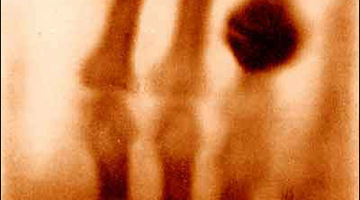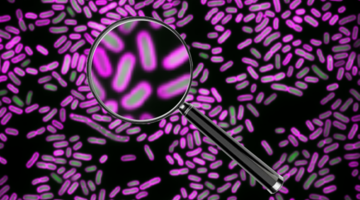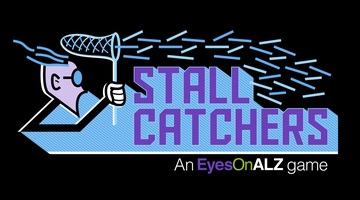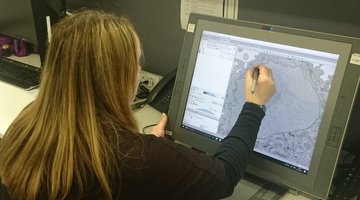

This provides a timeline of events related to ultraviolet radiation from both a living world and a physical world perspective. 900 BC–500 AD – Ancient Greek and Roman women lighten their skin ...
READ MORE

The discovery that genes are made up of DNA and can be isolated, copied and manipulated has led to a new era of modern biotechnology. New Zealand has many applications for modern biotechnologies ...
READ MORE

How does a complex organism, like a person, develop from a single cell? Stem cell research is providing the answer to this question and many more. What are stem cells? Stem cells are cells that ...
READ MORE

In this activity, students explore a variety of recent biotechnologies and consider their impact on society. The activity can be adapted to suit student level and interest. The slide show ...
READ MORE

In this activity, students learn about the discovery of X-rays and their development as a medical imaging technology. By the end of this activity, students should be able to: research an aspect ...
READ MORE

Xenotransplantation is when cells, tissues or organs are taken from one species and put into another to help treat disease. Purpose To review understanding of Xenotransplantation. Read articles ...
READ MORE

Help this global project to develop a faster test for antibiotic resistance by looking inside bacteria that have been treated with antibiotics. This will improve healthcare for patients with ...
READ MORE

Alzheimer’s disease is an irreversible, progressive brain disorder that slowly destroys memory and thinking skills and eventually even the ability to carry out the simplest tasks. In this online ...
READ MORE

In this online citizen science (OCS) project, participants analyse electron microscope images taken of a range of biological samples, helping scientists better understand cancer, infectious ...
READ MORE

Transfer, in the context of learning, is “the ability to extend what one has learned in one context to new contexts” (Darling-Hammond & Austin, 2003, p. 190). Opportunities to try out new ...
READ MORE

Modern antibiotic medicines came into use in the middle of the 20th century. They enabled doctors to treat serious – and sometimes fatal – bacterial infections like strep throat and pneumonia ...
READ MORE

In this recorded professional learning session, Dr Siouxsie Wiles, Associate Professor of Molecular Medicine and Pathology answers key questions about antimicrobial resistance (AMR). AMR has been ...
READ MORE
Robert Hooke's diagrams of cork cells started a frenzy of activity that produced some beautiful first pictures of cells from all sorts of organisms. Here, Nobel prize winner, Sir Paul Nurse ...
READ MORE
What does 'cell theory' really mean? Plant cells and unicellular organisms had been observed in the 17th century, but another century was passing before they would be seen in animals. From about ...
READ MORE
The Dobson spectrophotometer at Lauder in Central Otago is a key ozone-measuring instrument used by NIWA and is part of a global network of similar instruments.
READ MORE

Slideshow of images displaying various examples of different technologies. Use the Slideshow menu for further options, including view full screen, and go here for the download option.
READ MORE

This timeline follows the historical events related to the development and discoveries of antimicrobials and antibiotics and the growth of antimicrobial resistance (AMR). A full transcript is ...
READ MORE

Answer the questions in this quiz to find out how much you know about biotechnology.
READ MORE